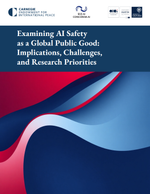Building Engineering
Carmen Díaz-López, Antonio Serrano-Jiménez, Jesús Lizana, Elisa López-García, Marta Molina-Huelva & Ángela Barrios-Padura
View Journal Article / Working PaperThe research field on passive intervention strategies in schools is broad, complex, and fragmented due to the great diversity of disciplines, climates, and approaches. This article applies the scientific mapping software SciMAT to analyse research trends and developments from 1982 to 2020 of 537 papers and identifies the best available 24 passive intervention strategies in schools in 42 countries. The results show that, in the early years, research focused on natural ventilation, especially in arid climates. From 2010 onwards, and coinciding with the rise of energy efficiency regulations, green roofs increased as an alternative to declining urban forests and as a solution for urban heat island mitigation. In recent years, growing concerns about climate change, sustainable development, and numerical measurement methods have driven work on occupant comfort and IAQ, while research on cost overruns and payback of passive versus active design. The need for passive, climate-resilient design techniques is highlighted, building on the progress already made. It identifies the most optimised measures to promote guidelines to serve for future regulations. This study is a valuable contribution because it provides a detailed understanding of the status quo for researchers, practitioners, and policymakers and predicts the dynamic directions of the field.




